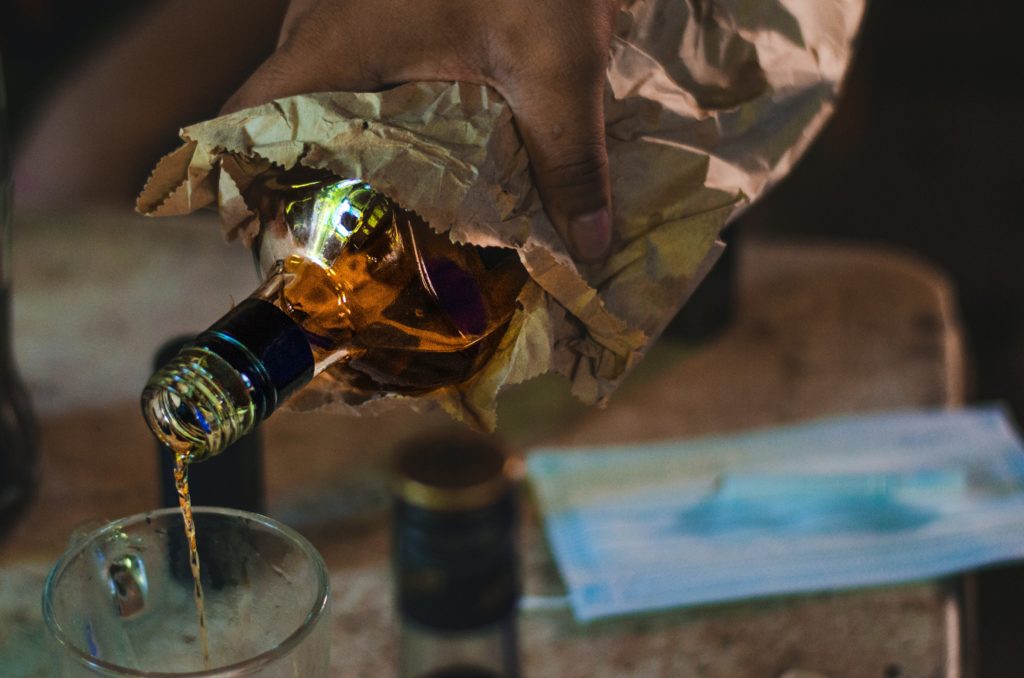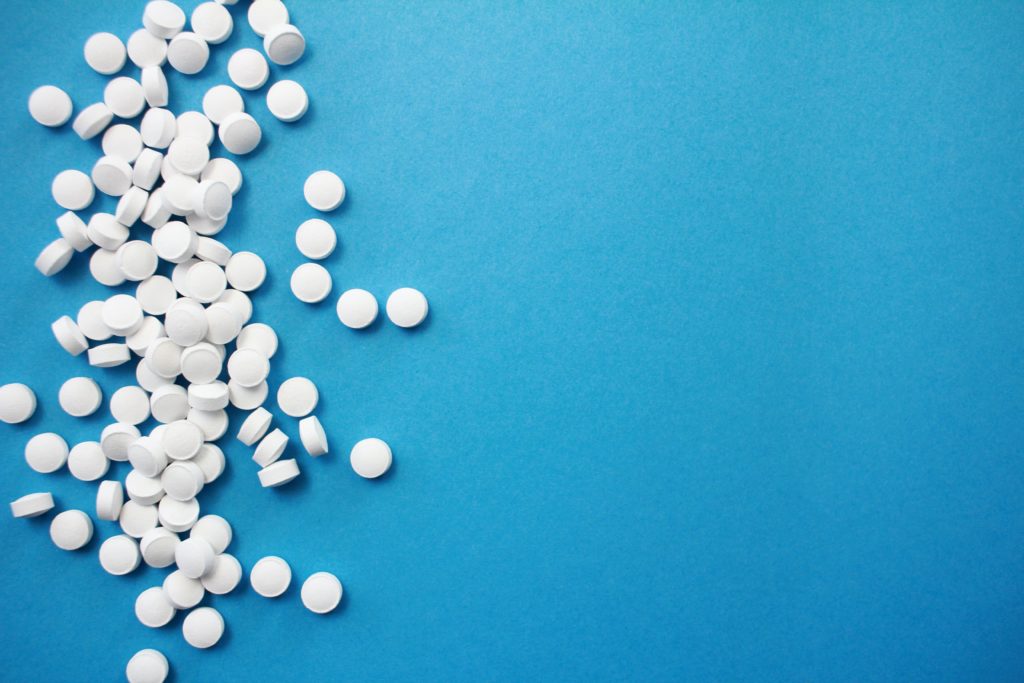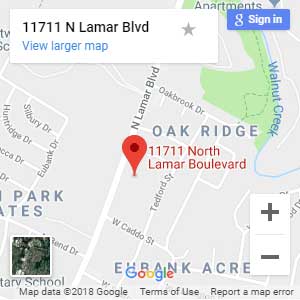The 8 Stages of Addiction:
Know the Signs
Know the Signs
Table of contents
The stages of addiction are a gradual progression that affects over 20 million Americans annually. That may be a staggering number to hear but considering the number of people with undiagnosed substance abuse disorders, the number should likely be even higher.
There are a few different models of addiction, some describe it as a cycle while others measure it in stages. Even though these different models vary from one another, they all hit four key thresholds: experimentation, regular use, high-risk use, and finally, addiction. But addiction shouldn’t be boiled down to just four stages, so let’s expand on these topics to understand this condition better.
Stage 1: Introduction
This stage is solidified by the moment an individual tries an addictive substance for the first time, often occurring in adolescence or young adulthood. Addiction is contingent on introduction or initiation, not defined by it. These first two stages are not absolute in leading to substance abuse—instead, they are behaviors to be aware of and monitor.
The decision to try a substance for the first time usually isn’t random. A few reasons an individual may be predisposed to drugs include the availability of the substance, peer usage and/or pressure, family history, and mental health conditions.
An individual’s experience could stop at this stage and never proceed any closer to addiction. But many will continue their substance use until simply using is no longer enough.
Stage 2: Experimentation
Stage 2 is classified by the individual testing the boundaries of their chosen substance(s). A dangerous aspect of this stage that usually progresses experimentation into regular use is the failure to establish any boundaries or threshold. The user may try substance use in a variety of social settings, as a means of relaxation after a stressful day, or even as self-prescribed physical pain management.
Experimentation is especially misleading because drug usage is still new enough that the user has not experienced any negative effects. Lack of perceived consequence may encourage the individual to explore substance use more recklessly and with little to no moderation.
It’s important to note that at this stage, the individual is still making the conscious decision to participate in substance use. Dependency on the drug has not been established yet.
Stage 3: Regular Use
At this stage, substance use has become habitual and is likely being incorporated into the user’s daily life. Normalizing the use of a substance may seem like definitive addiction, but there is still a lack of dependency at this juncture.
Individuals are still actively choosing substance use and incorporating it into a routine. Substance use may be affecting the user’s daily life, experiencing some of the negative consequences previously unseen in the experimentation phase. Showing up to work hungover or still under the influence is not uncommon at this stage.
Tolerance
Additionally, building tolerance is instrumental in building regular use into high-risk use. Once a person’s substance use has become habitual, their body will build up a tolerance and it will take more and more of the drug to achieve the previous desired effects. This builds a sense of desperation to reach that same feeling of euphoria so much so that it becomes dependence.
Stage 4: High-Risk Use
Building off of regular use, high-risk use involves the substance impacting the daily life of the user. Use is no longer casual. The desperation that began taking root in Stage 4 is now a mainstay in the user’s consciousness. Frequency has increased and the indicators of addiction may now be noticeable by the people close to the user:
- The decline in work/school performance
- Hiding the substance in easily accessible places (i.e. vodka in a water bottle)
- Borrowing or stealing money/Selling items to pay for drugs
- Change in peer groups and cycling through friends quickly
- Loss of interest in hobbies/activities

Consequently, many users in this stage will engage in behavior that can have a significant impact on their lives. Alcoholics may incur a DUI or a prescription drug user may ruin their career due to poor work performance. Substance abuse in the high-risk stage is no longer recreational and the individual is beginning to see lasting effects.
Stage 5: Chronic Dependence
Reliance on substance abuse is now impossible to ignore. By this stage, the user has developed a tolerance and dependence on their chosen substance(s) and likely cannot go more than a day or even a couple of hours without it. Microdosing throughout the day to maintain a high is common.
Binging
It would be irresponsible to exclude binging in this stage despite its adjacency to traditional addiction. An example of binging would be to abstain from a substance during the work week and then overindulge on the weekend. The standard measure of binging for alcohol is 4 or more drinks in a row on more than one occasion in a two-week span. This behavior could easily result in addiction even though it doesn’t follow the normal pattern outlined in these stages.
Stage 6: Addiction
Addiction is fully established and substance use is no longer a choice but an unconscious compulsion. Substance use at this stage will take precedence over all other aspects of life for the affected individual. Behavioral changes that started in Stage 4 will become more severe. As a result, the user may begin isolating themselves, plunging deeper into unchecked substance abuse.
Stage 7: Crisis & Intervention
This stage represents the breaking point in a user’s life. Their addiction has become so unmanageable it results in an overdose, death, or other life-altering consequence. A crisis means an individual is at constant risk of a traumatic or fatal life event. But it can also be a wake-up call. Being hospitalized for addiction often forces people to take a closer look at the severity of their situation and realize that change is needed. That’s where intervention comes in. Users may seek out intervention or it could be offered to them by friends, family, or a trained professional.
Treatment
Most addiction treatment comes in the form of drug rehab and detox facilities such as Briarwood Detox Center. Addiction doesn’t have to be the end and Briarwood offers the tools needed to overcome substance abuse. If you identified with any of the stages listed either for yourself or someone close to you, please reach out to us at (512) 277-3103 for more information on how we can help.
Stage 8: Recovery
Most addiction models end with Crisis and Intervention but recovery is very much an integral part of addiction that deserves to be included. Recovery is the ideal final stage of addiction, and while it might be a difficult journey it is achievable.
Break Free From Your Addiction Today
(in 3 easy, confidential steps)
Verify your insurance
Complete our fast, free, and easy verification process over the phone to determine the extent of your insurance coverage.
Make an informed decision
We will provide personalized placement recommendations based on your insurance, treatment needs, financial situation, and schedule.
Contact us
Call (888) 857-0557 or fill out our online form for a free and confidential personal consultation with an admissions specialist.











